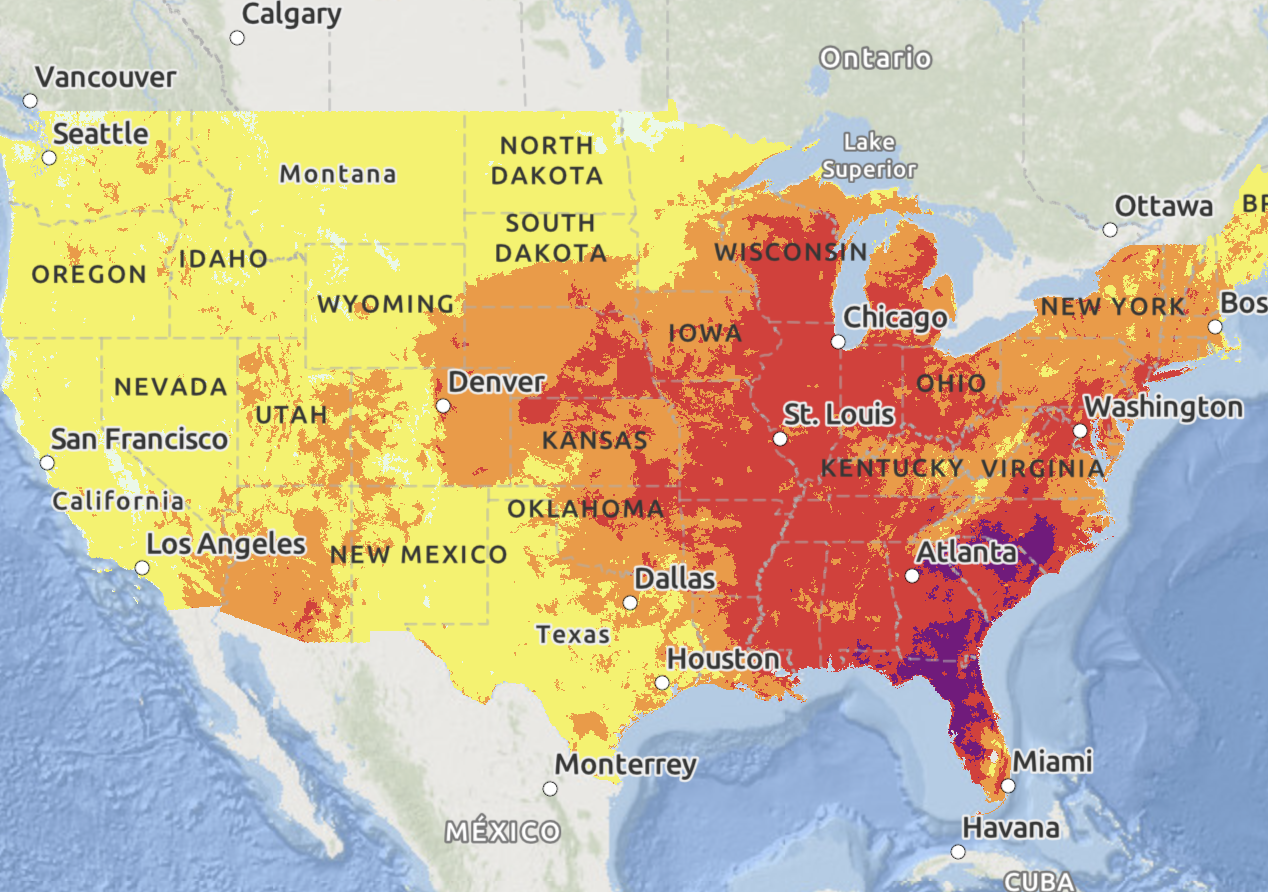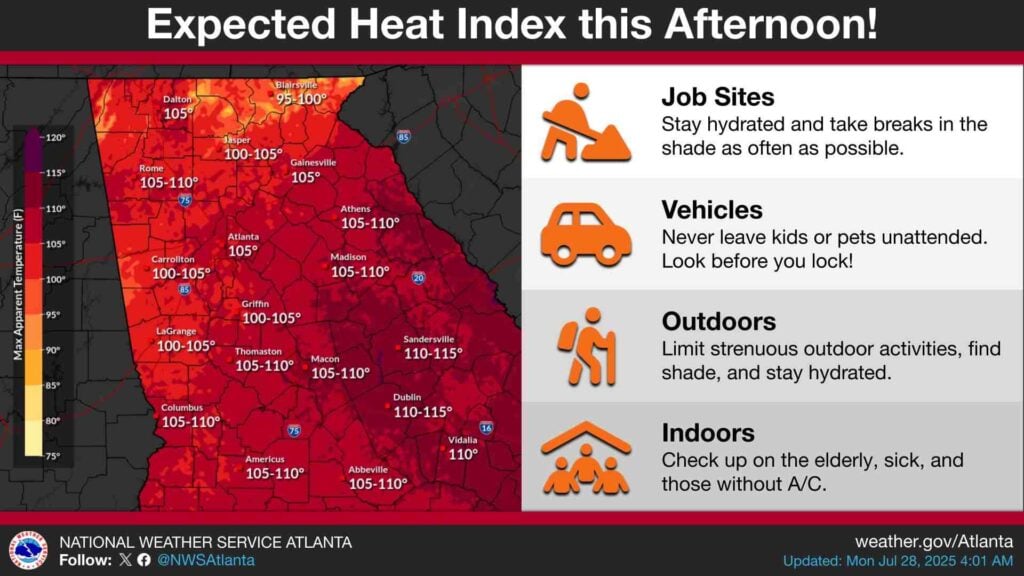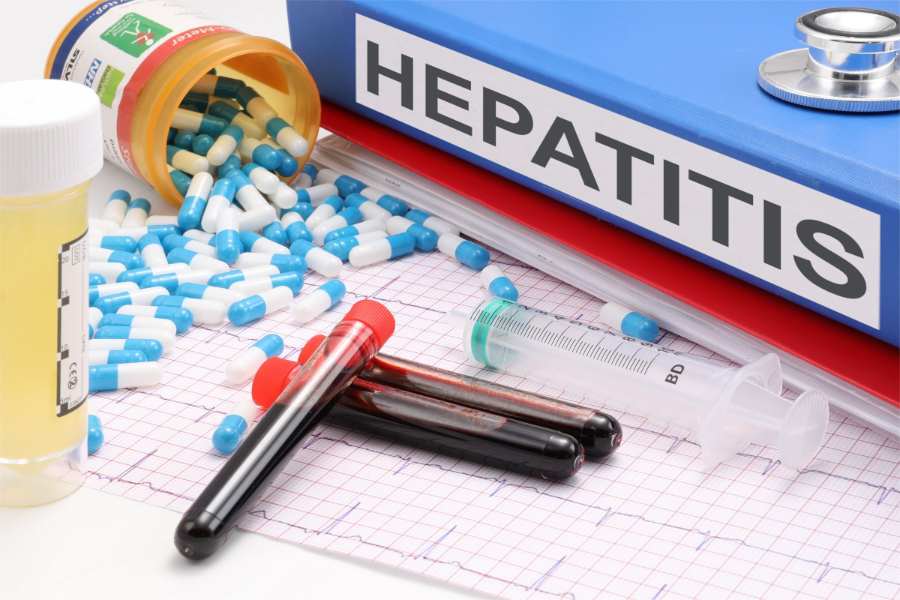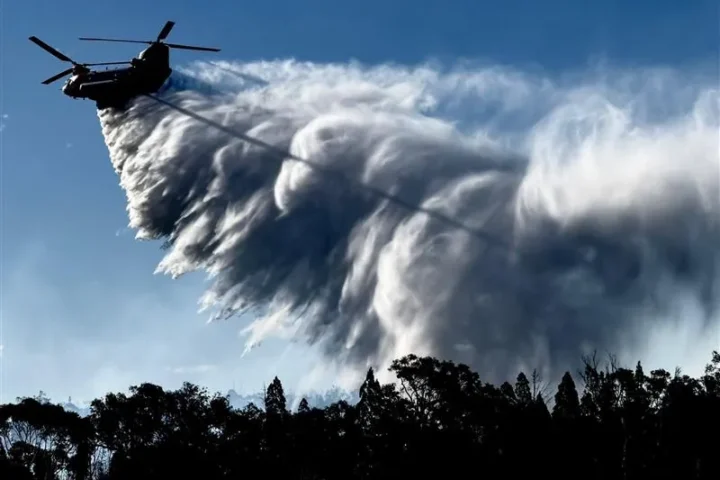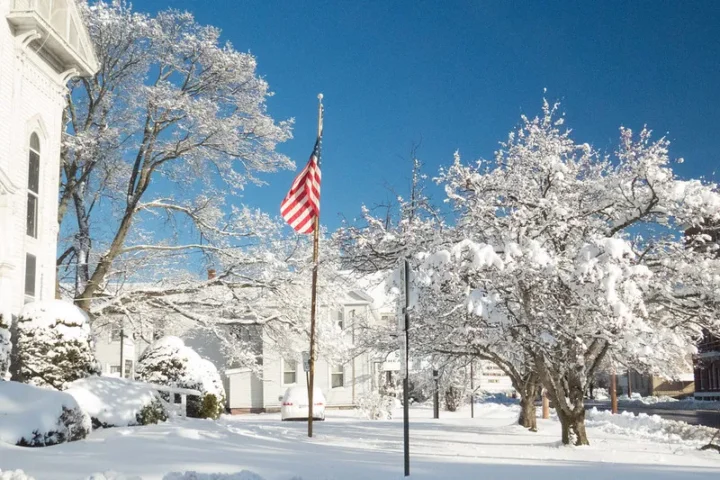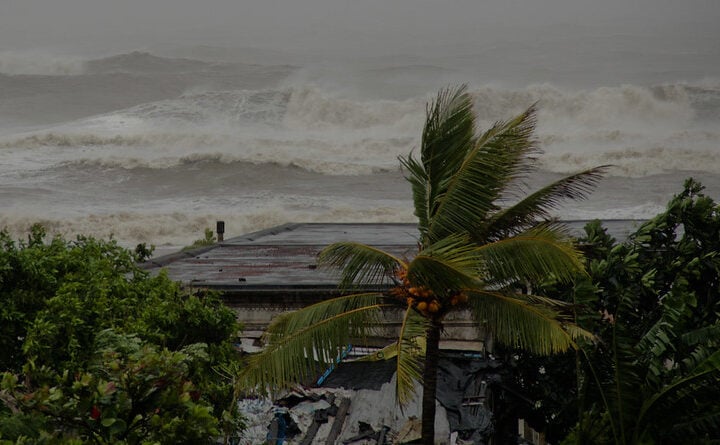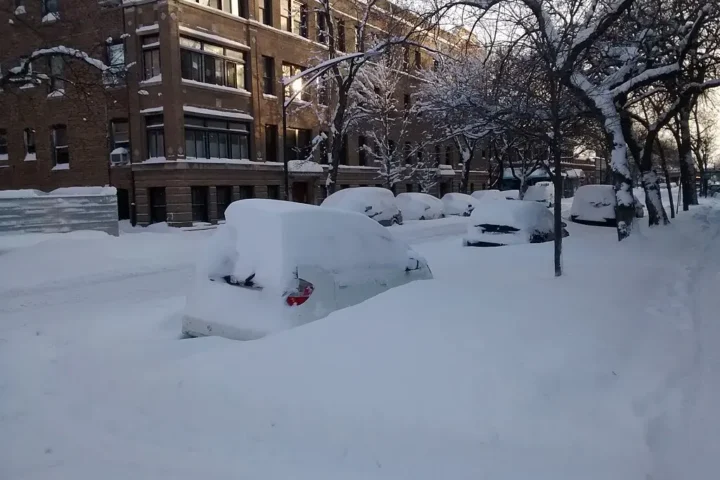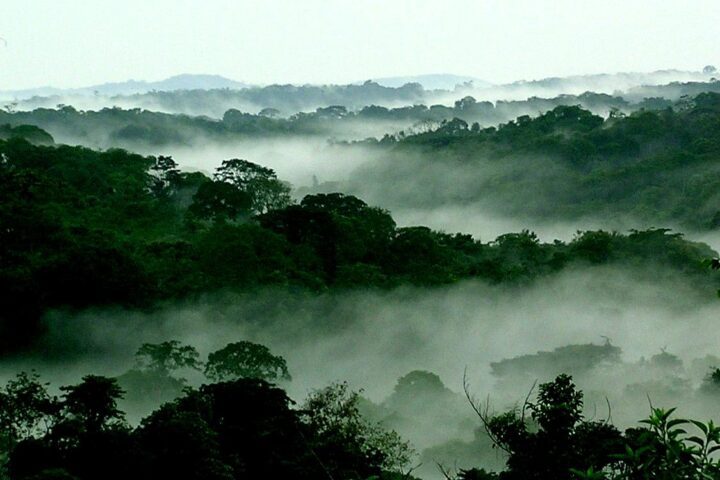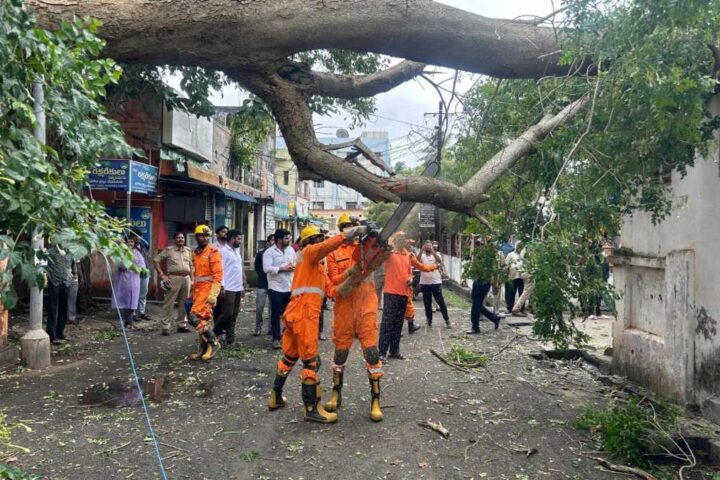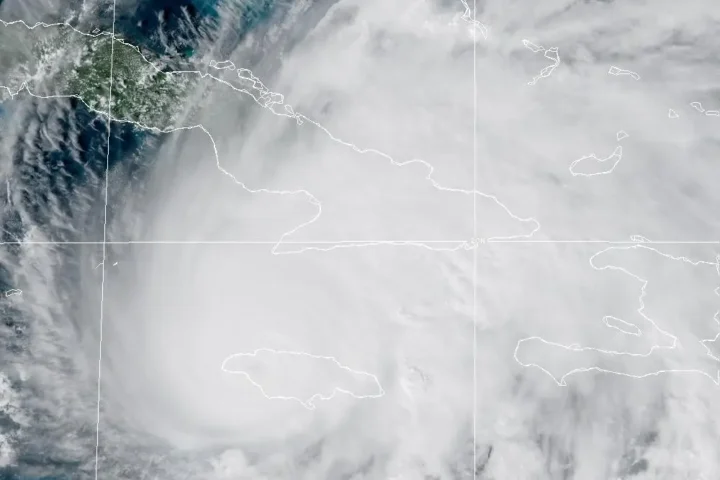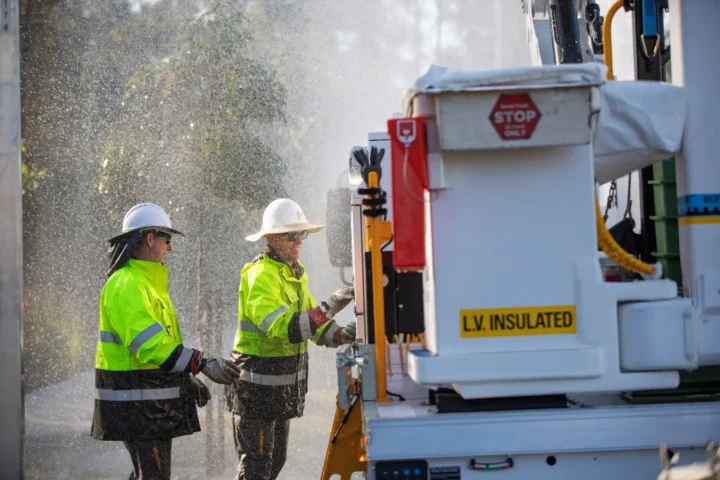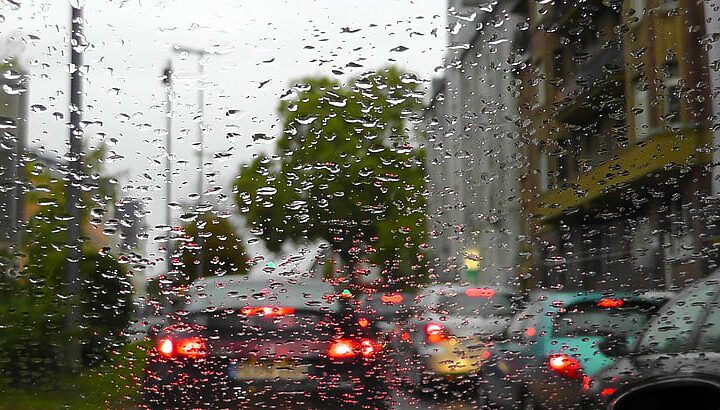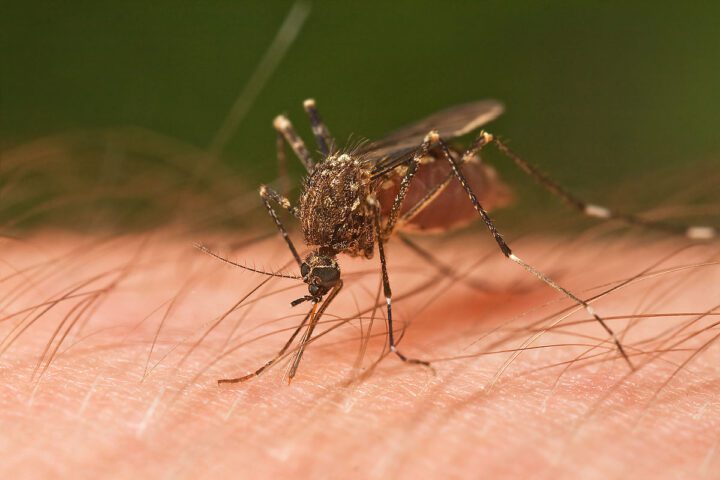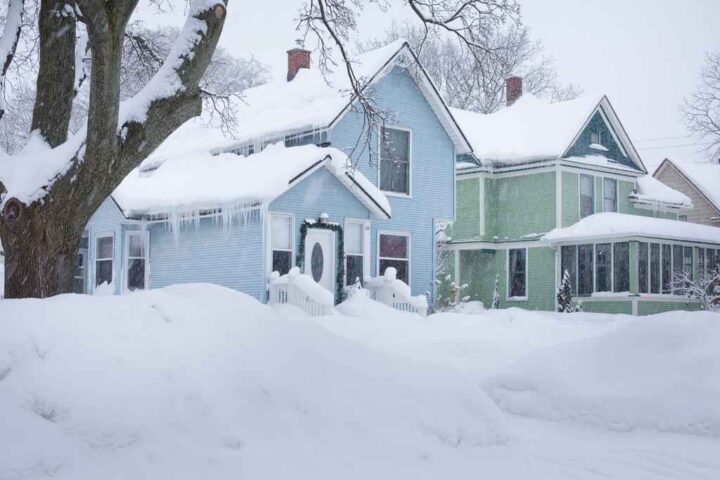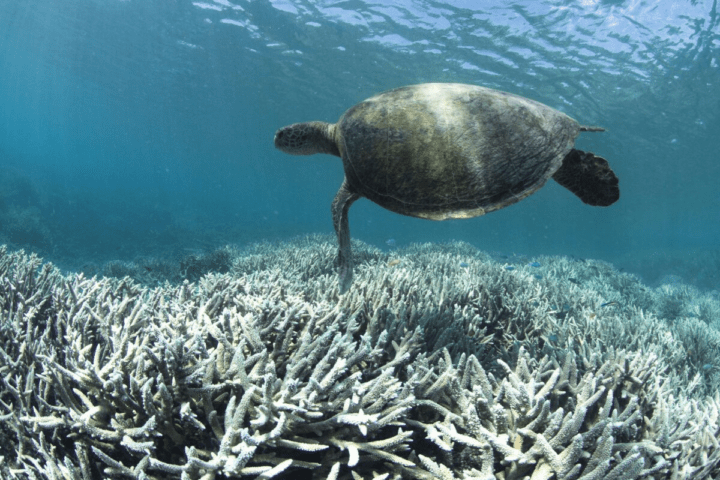A relentless heat dome has settled over the Southeast United States, pushing temperatures into triple digits and affecting more than 130 million Americans. The National Weather Service has issued heat advisories and warnings across the region as the stubborn high-pressure ridge refuses to budge before midweek.
Thermometers are climbing to the upper 90s and low 100s°F across the region, but the real story is the heat index—what it actually feels like outside—reaching a dangerous 105-115°F from central Florida through Virginia and the Carolinas.
NOAA’s Climate Prediction Center describes the heat dome as unusually persistent for late July without attributing it directly to ENSO conditions.
What makes this heat wave particularly dangerous isn’t just the daytime highs but the lack of overnight relief. Temperatures are remaining in the 70s-80s°F overnight, preventing buildings and bodies from cooling down. Savannah is forecast to see temperatures approaching or exceeding daily records, while Orlando, Columbia, and Tallahassee are flirting with their highest temperatures of 2025.
Beyond the Thermometer: Infrastructure Challenges
The extreme heat isn’t just uncomfortable—it’s putting serious strain on critical systems. The EPA notes that these temperatures accelerate wear on electrical and transportation infrastructure, raising the risk of failures precisely when demand peaks.
Power grids across the Southeast are experiencing surging electricity use as air conditioners run constantly. Utility companies are monitoring transformer stations and power lines, which can fail under the combined stress of high heat and increased load.
Finding Relief: Cooling Centers Activated
State and local governments have implemented emergency protocols to help vulnerable residents. In Connecticut, Governor Lamont activated the Extreme Hot Weather Protocol, connecting residents to cooling centers through United Way’s 2-1-1 service.
Libraries, schools, and recreation centers across the affected region have been designated as heat refuges, following FEMA scenario guidance for extreme heat events.
Urban Areas Feel Extra Heat
Cities face an additional challenge with the “Urban Heat Island” effect, where concrete and asphalt absorb and radiate heat, making urban areas significantly warmer than surrounding rural regions.
Similar Posts
The EPA recommends green roofs, cool pavement technologies, and expanded tree canopy as strategies to reduce this effect, though these are longer-term solutions for a current crisis.
Health Experts Warn of Heat-Related Illness
The CDC advises staying hydrated, limiting sun exposure, and using air conditioning when possible. Heat-related illnesses can develop quickly, with symptoms ranging from fatigue and muscle cramps to potentially fatal heat stroke.
The experimental HeatRisk index from the National Weather Service shows much of the Southeast at “Major” to “Extreme” risk levels, indicating the potential for serious health impacts, especially for vulnerable populations.
Policy Responses Taking Shape
As extreme heat events become more frequent, policy makers are considering new approaches. Proposals in Congress would add extreme heat to FEMA’s Stafford Act disaster list, potentially freeing up Building Resilient Infrastructure and Communities (BRIC) funds for cooling center infrastructure and water projects.
NOAA’s billion-dollar disasters list already shows heat waves and droughts ranking among the costliest climate impacts, with both frequency and severity increasing over the past decade.
When Will Relief Arrive?
Forecasters predict the heat dome will begin to weaken by midweek, with a pattern change bringing relatively cooler temperatures to parts of the Midwest and Northeast first, before eventually reaching the Southeast.
The Week 3-4 Outlook from NOAA’s Climate Prediction Center suggests a possible cooldown by mid-August, though confidence in long-range forecasts remains limited.
Until then, residents are urged to check on vulnerable neighbors, limit outdoor activities during peak heat hours (typically 10 AM to 4 PM), and stay informed about cooling center locations and hours in their communities.
The reporting covered forecasted temperatures, health advisories, and heat dome mechanics. Infrastructure pressures on power and transport were noted. Government protocols for cooling centers were described, along with adaptation strategies. Legislative initiatives on disaster funding were mentioned. The trend of costliest heat events was referenced, and expert forecasts on when relief may arrive were included.

FAQ
How hot will it actually get during this heat wave?
+Actual temperatures are reaching the upper 90s to low 100s°F across the Southeast. But what you’ll feel – the heat index – will be much worse, hitting 105-115°F in many areas because of high humidity. Nighttime temperatures will stay in the 70s-80s°F, offering little relief.
How many people are affected by this heat wave?
+Over 130 million Americans are currently under heat advisories or warnings across the Southeast region. About 30 million people are facing “Major” to “Extreme” risk levels according to the National Weather Service’s HeatRisk index.
When will this heat wave end?
+Forecasters predict the heat dome will begin weakening by midweek, with the Midwest and Northeast getting relief first. The Southeast will have to wait longer. NOAA’s Climate Prediction Center suggests a possible cooldown by mid-August, but confidence in long-range forecasts is limited.
What are cooling centers and how do I find one near me?
+Cooling centers are air-conditioned public spaces like libraries, schools, and community centers that are opened during extreme heat for people who need relief. Many areas use the United Way’s 2-1-1 service to connect residents to nearby cooling centers. You can call 2-1-1 or check your local government website for locations and hours.
Why are cities usually hotter than surrounding areas during heat waves?
+Cities experience what’s called the “Urban Heat Island” effect. Concrete, asphalt, and buildings absorb and hold heat, while having fewer trees and green spaces means less cooling shade and evaporation. This can make urban areas 5-10°F hotter than surrounding rural areas, especially at night when the stored heat is released.
How can I protect myself and my family during extreme heat?
+Stay hydrated by drinking plenty of water, even if you don’t feel thirsty. Limit outdoor activities to morning or evening hours. Use air conditioning if possible or visit cooling centers. Take cool showers. Check on elderly neighbors and those without AC. Never leave children or pets in cars, even for a minute. Watch for signs of heat illness like dizziness, nausea, headache, or confusion.
Why is this heat wave dangerous even if temperatures don’t break records?
+The danger comes from the combination of high heat, high humidity, and lack of overnight cooling. When humidity is high, your body can’t cool itself effectively through sweating. When nights stay warm, your body can’t recover from daytime heat stress. This continuous heat exposure increases the risk of heat-related illness, especially for vulnerable groups.
